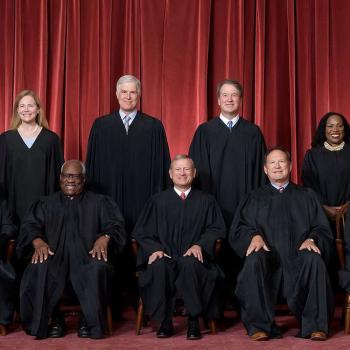The manufacture of traditional incandescent light bulbs will be illegal, as of January 1. Compact flourescent bulbs (those with the corkscrew shape) and Light Emitting Diodes, which look something like the old bulbs invented by Thomas Edison, will have to replace them. You can still buy the old bulbs and stores can still sell them until they run out of stock, but it will be against the law to manufacture or import them. The new bulbs use less energy and last longer, but they are more expensive.
If the new lighting technology saves so much money in the long run, shouldn’t the free market take care of this? As opposed to a legal prohibition? Or is this a case in which the free market doesn’t meet a social good, in this case, saving energy?
From Incandescent Light Bulbs Phase Out | wzzm13.com:
As of January 1, 2014, the 60-watt and 40-watt incandescent light bulbs will no longer be manufactured. This is the final phase of the multi-year incandescent phase out – which began with the 100-watt bulb in 2012.
LED bulbs are the latest innovation in lighting. LEDs use up to 85 percent less energy than incandescent bulbs and up to 50 percent less energy than CFL bulbs. In addition to being extremely energy-efficient, an LED bulb’s life is exceptionally long, cutting down both operating costs and the inconvenience of maintenance.
LED bulbs also come in dimmable options now and produce color similar to incandescent alternatives.
BULB TECHNOLOGIES
· LED: Replacing incandescent bulbs with energy-efficient LED bulbs leads to immediate savings on the electric bill. LED bulbs supply just as much light as incandescent bulbs but require far less electricity. LEDs use up to 85 percent less energy than incandescent bulbs and up to 50 percent less energy than CFL bulbs. The lights are reliable, safe and durable with no moving parts and generate a high level of brightness. LED bulbs also have an exceptionally long life expectancy lasting up to 25,000 hours or 23 years.
**Standard white LED bulbs produce light that resembles daylight. You can buy LEDs in warmer colors to produce a similar quality of light as incandescent light bulbs in other rooms. Additionally, like regular incandescent bulbs many LEDs are dimmable to create various types of light.
· CFL Light bulbs: CFLs, compact fluorescent lights, are another good energy-efficient option for consumers looking to save money on their energy bills. CFL bulbs emit the same amount of light as traditional bulbs, but use 75 percent less energy and last up to 9 years longer. CFL bulbs usually pay for themselves in just three to six months. CFL bulbs can help consumers cut energy costs – up to $55 per electricity bill – depending on the bulb type and wattage. CFLs are available in a wide range of wattages from 5-watts to 68-watts (or 25 to 300-watt equivalents) and are an affordable lighting option. A 14-watt (60-watt equivalent) CFL bulb costs about $1.74/per bulb and lasts 10,000 hours. CFL bulbs are available in three color temperatures (soft white, bright white and daylight) as well as both dimming and non-dimming options.
· Halogens and High-Efficiency Incandescent Bulbs: Halogen and high-efficiency incandescent bulbs are another energy-saving bulb option. High-efficiency incandescent bulbs cost on average $1.50 each and last two to three years, and are 28 percent more efficient. In fact, researchers have been able to produce some incandescent light bulbs with up to 50 percent efficiency.











